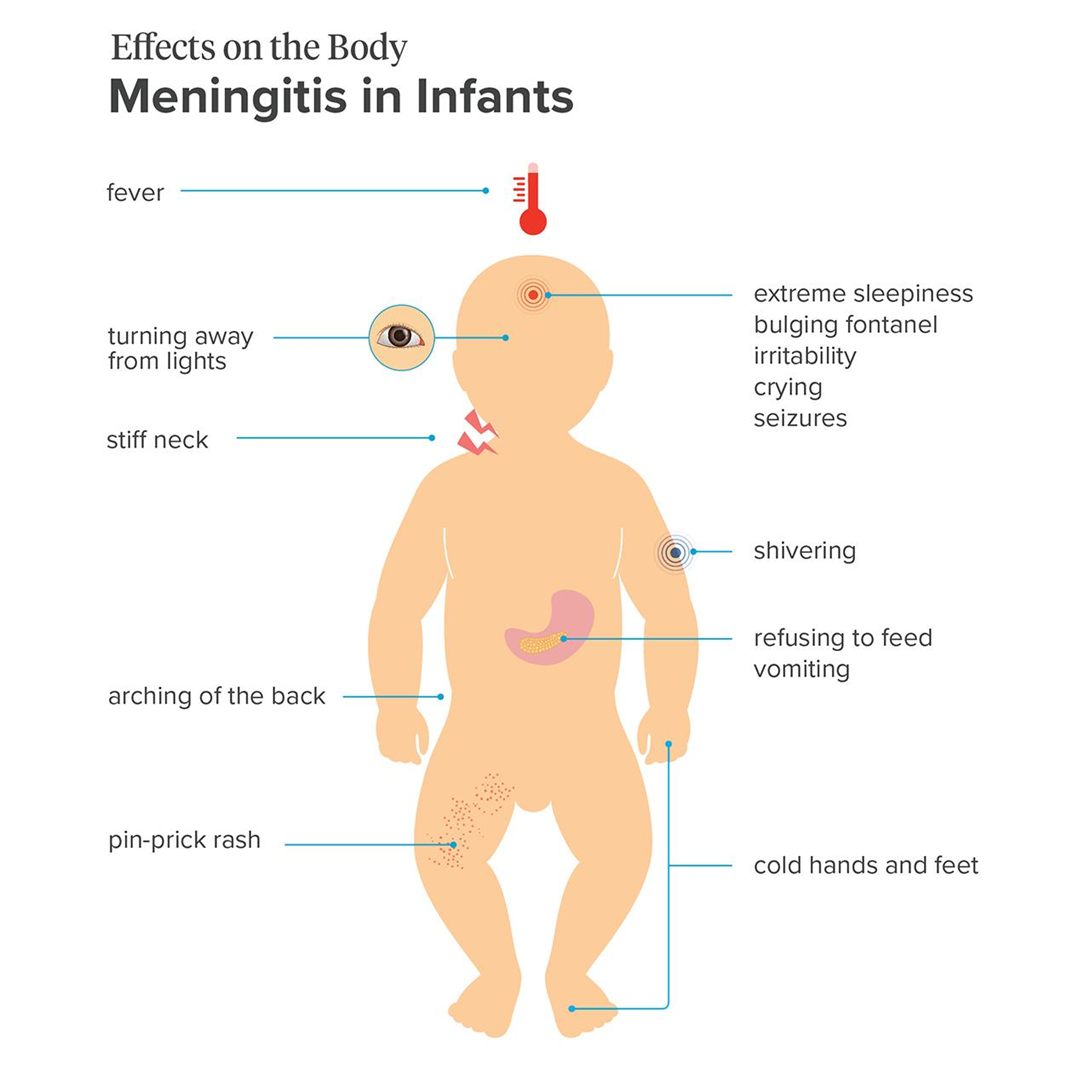A nurse in the provider's office is caring for a child who has a history of tonic-clonic seizure disorder. Three months ago, the neurologist changed the child's antiepileptic medications to include Phenytoin due to increasing number of seizures per guardian. The child has a 1-year history of mild exercise-induced asthma for which they were prescribed a rescue inhaler of albuterol prn.
The client is at risk for developing
The Correct Answer is {"dropdown-group-1":"C","dropdown-group-2":"C"}
Choice A reason: Gingival hyperplasia is a condition where the gums become enlarged and inflamed. It is a common side effect of Phenytoin, a medication used to treat seizures. The nurse should educate the client and the guardian about the importance of oral hygiene and regular dental check-ups to prevent or manage this condition.
Choice B reason: Hypoglycemia is a condition where the blood glucose level becomes too low. It is not a common side effect of albuterol, a medication used to treat asthma. Albuterol may cause tremors, tachycardia, or nervousness, but not hypoglycemia.
Choice C reason: Status epilepticus is a condition where seizures occur repeatedly without recovery. It is a medical emergency that requires immediate treatment. It may be triggered by exercise, but not necessarily. The nurse should ensure that the client has their seizure medication and rescue inhaler available at all times and knows how to use them.
Choice D reason: Bronchospasm is a condition where the airways become narrowed and obstructed. It is a common symptom of asthma, but not a side effect of Phenytoin. Phenytoin may cause other adverse effects, such as rash, nausea, or drowsiness, but not bronchospasm.
Nursing Test Bank
Naxlex Comprehensive Predictor Exams
Related Questions
Correct Answer is A
Explanation
Choice A reason: Meningitis is a possible condition, as it is an inflammation of the membranes that cover the brain and spinal cord. It can be caused by various microorganisms, such as bacteria, viruses, or fungi. The infant has many signs and symptoms of meningitis, such as fever, irritability, lethargy, bulging fontanel, and clear cerebrospinal fluid from the lumbar puncture.

Choice B reason: Hydrocephalus is not a likely condition, as it is an accumulation of cerebrospinal fluid in the brain, which causes increased intracranial pressure and enlargement of the head. The infant has a bulging fontanel, which can indicate increased intracranial pressure, but not necessarily hydrocephalus. The infant does not have other signs of hydrocephalus, such as a rapidly increasing head circumference, prominent scalp veins, or sunset eyes.
Choice C reason: Intracranial hemorrhage is not a probable condition, as it is a bleeding within the skull, which can result from trauma, vascular malformation, or coagulation disorder. The infant has retinal hemorrhages, which can indicate intracranial hemorrhage, but not necessarily. The infant does not have other signs of intracranial hemorrhage, such as seizures, vomiting, or altered mental status.
Choice D reason: Sepsis is not a definite condition, as it is a systemic inflammatory response to an infection, which can cause organ dysfunction and shock. The infant has a fever, which can indicate sepsis, but not necessarily. The infant does not have other signs of sepsis, such as tachycardia, tachypnea, hypotension, or poor perfusion.
Correct Answer is B
Explanation
Choice A reason: Changes in the voice signal the beginning of puberty is incorrect, as voice changes usually occur in the middle or late stages of puberty, not the beginning. The first sign of puberty in boys is usually testicular enlargement, followed by pubic hair growth and penile enlargement.
Choice B reason: Growth spurts in height occur toward the end of mid-puberty is correct, as this is the typical pattern of growth for boys during puberty. Boys usually start their growth spurt later than girls, but grow faster and for a longer period of time.
Choice C reason: Puberty might be delayed if scrotal changes have not occurred by the age of 11 years is incorrect, as this is not a definitive indicator of delayed puberty. Puberty can vary widely among individuals, and some boys may start later than others without any underlying problem. Delayed puberty is usually diagnosed if there is no sign of puberty by the age of 14 years.
Choice D reason: Gynecomastia commonly occurs during late puberty is incorrect, as gynecomastia, or the enlargement of breast tissue in males, usually occurs in the early or middle stages of puberty, not the late stage. It is caused by hormonal changes and usually resolves on its own within a few months or years.
Whether you are a student looking to ace your exams or a practicing nurse seeking to enhance your expertise , our nursing education contents will empower you with the confidence and competence to make a difference in the lives of patients and become a respected leader in the healthcare field.
Visit Naxlex, invest in your future and unlock endless possibilities with our unparalleled nursing education contents today
Report Wrong Answer on the Current Question
Do you disagree with the answer? If yes, what is your expected answer? Explain.
Kindly be descriptive with the issue you are facing.
